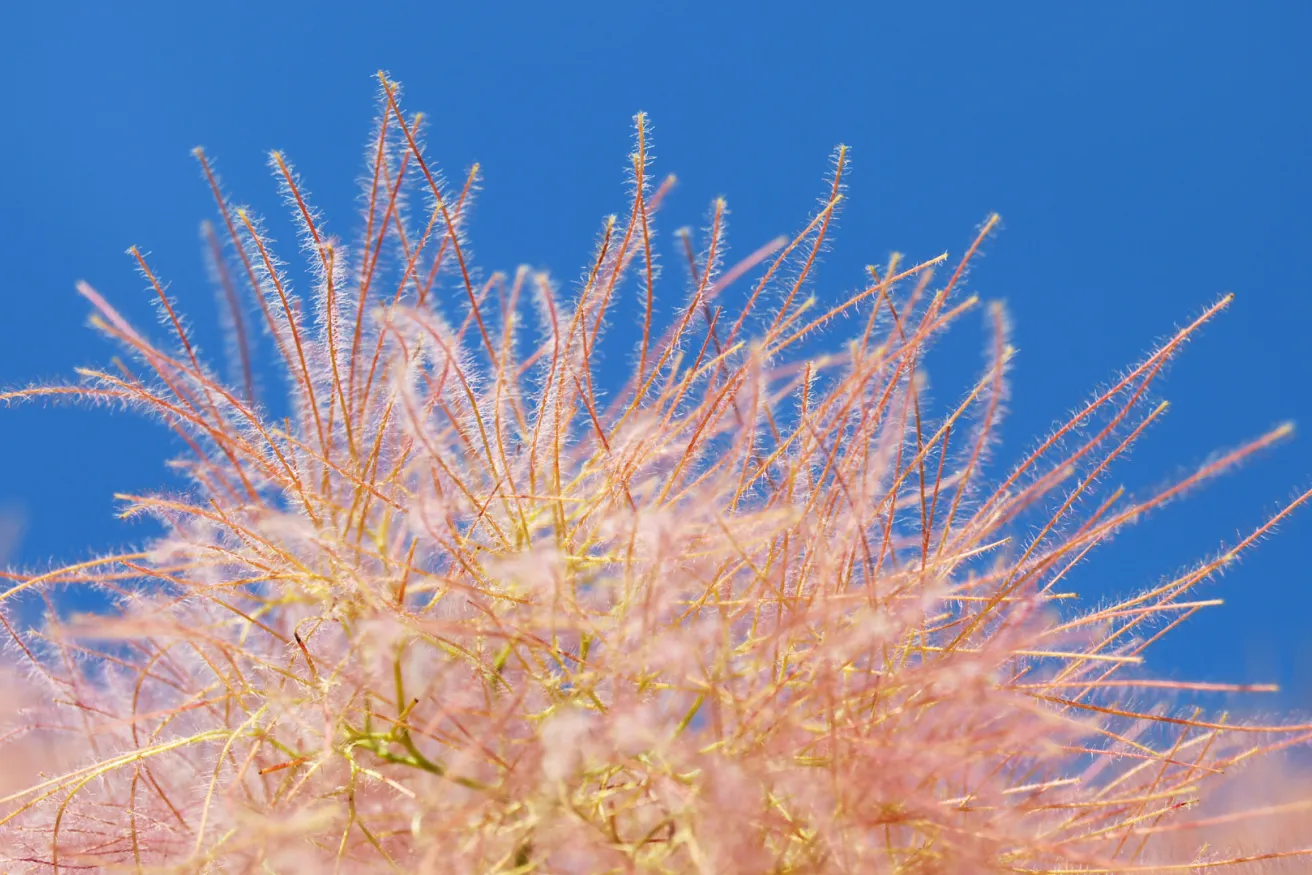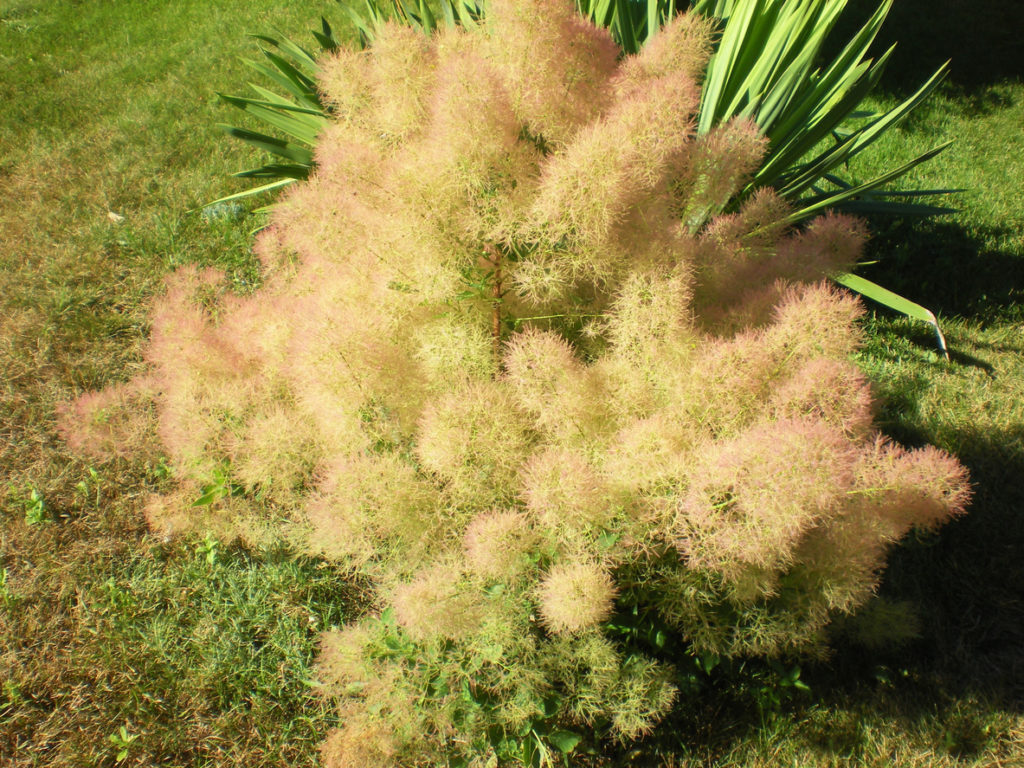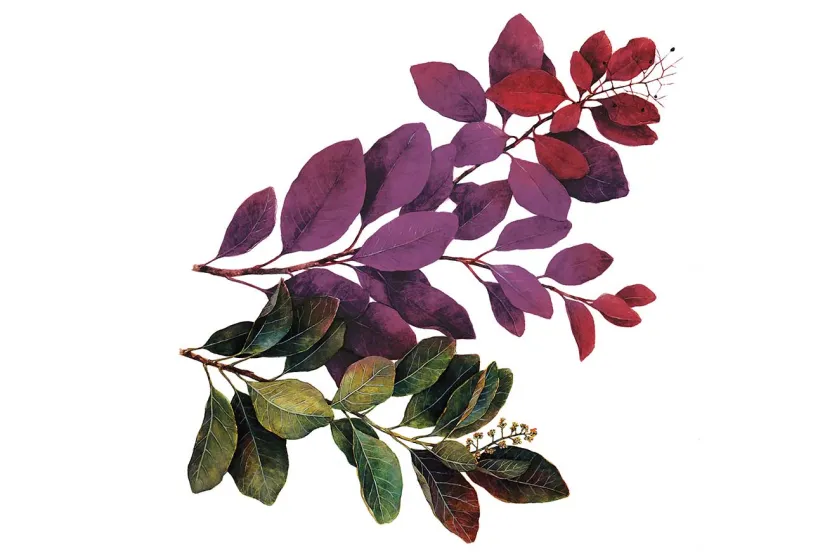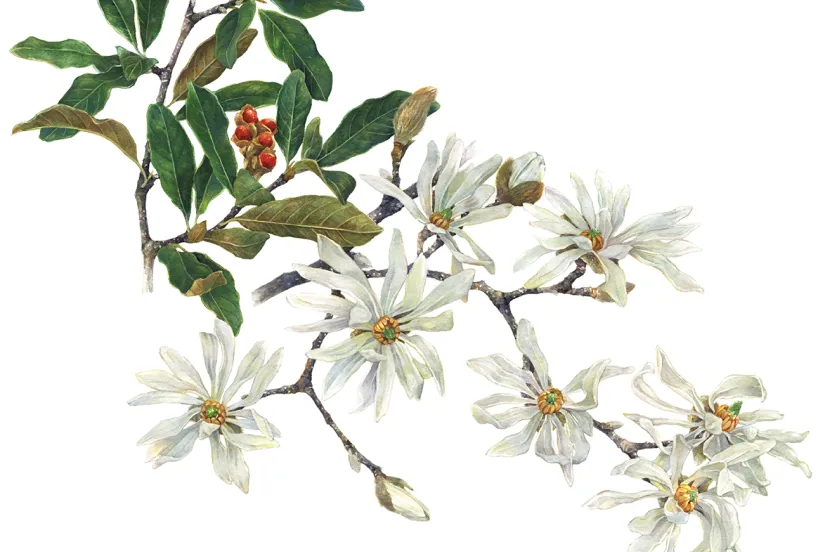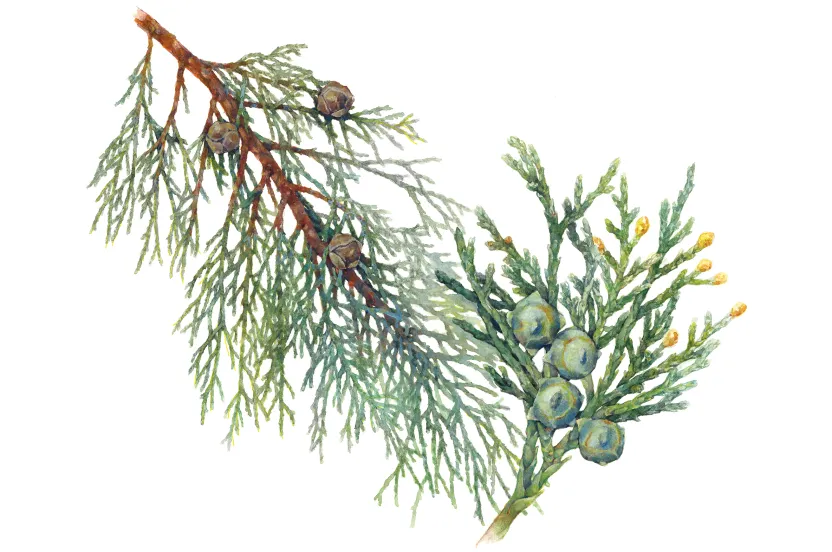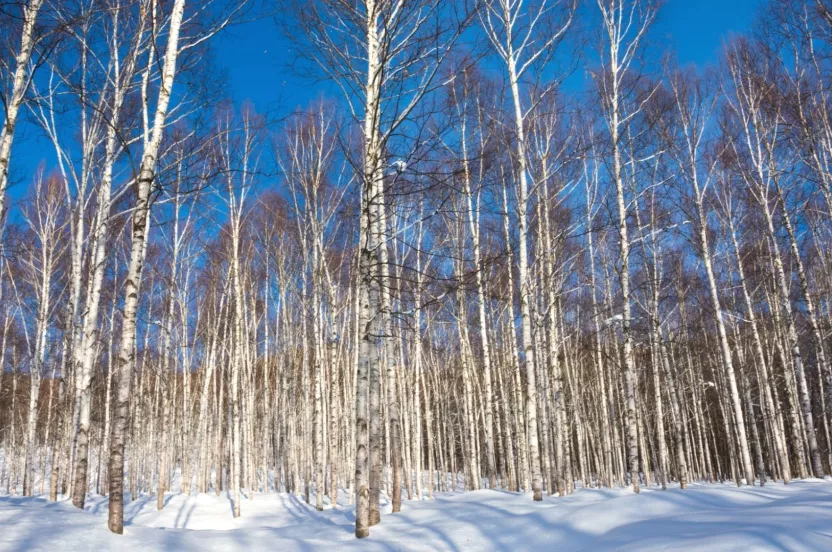Cotinus coggygria
Native to the rolling hills of the Mediterranean, this luring beauty is a tree that ignites curiosity. It is one of the most arresting shrubs available to gardeners today. As the name denotes, the smoketree is a tree (or shrub) with wispy filaments that resemble haze or smoke.
Traditionally, the smoketree was a source for clothing dye because of the powerful chemicals found in the sap. The species was almost driven to extinction during the Civil War when it was sought out for its use in dying cloth. Even today, the leaves of the smoketree are sometimes harvested in Europe for their tannin content, with the extract as high as 30 percent. Although the sap of smoketree can sometimes cause an allergic reaction, the leaves are steam-distilled by some pharmaceutical companies and used in shampoos, toothpastes, and even as flavoring in food, wine, and tobacco industries.
In Times of Uncertainty, Plant a Tree
When grown in the wild, the smoketree becomes a multi-stemmed tree or shrub. Its popularity is rooted from its durability to thrive in dry climates and poor soil. There are two types of smoketree: the American smoketree (Cotinus obovatus) and the European (Cotinus coggygria). The American smoketree — also called chittamwood —grows in a more restricted range than its cousin, but is taller on average than the European.
In the Landscape
The smoketree is most widely used as an ornamental tree in home landscaping. It is easy to grow and requires little to no care (hardiness zones 5-8). In the spring, the tree’s flowers are pinkish to cream and the hairs turn several shades of smoky-pink, particularly in the summer. In the fall the leaves can change in hue and intensity from blue-green to yellow-red-purple. When crushed, they smell like orange peels. Its sure to capture attention all year-round. European smoketrees grow up to 15 feet in height, but the American can reach as high as 30 feet tall. Both species can be pruned into a bush or a tree. But take heed, when pruning, wear old clothes because the sticky stem juice can cause stains.
